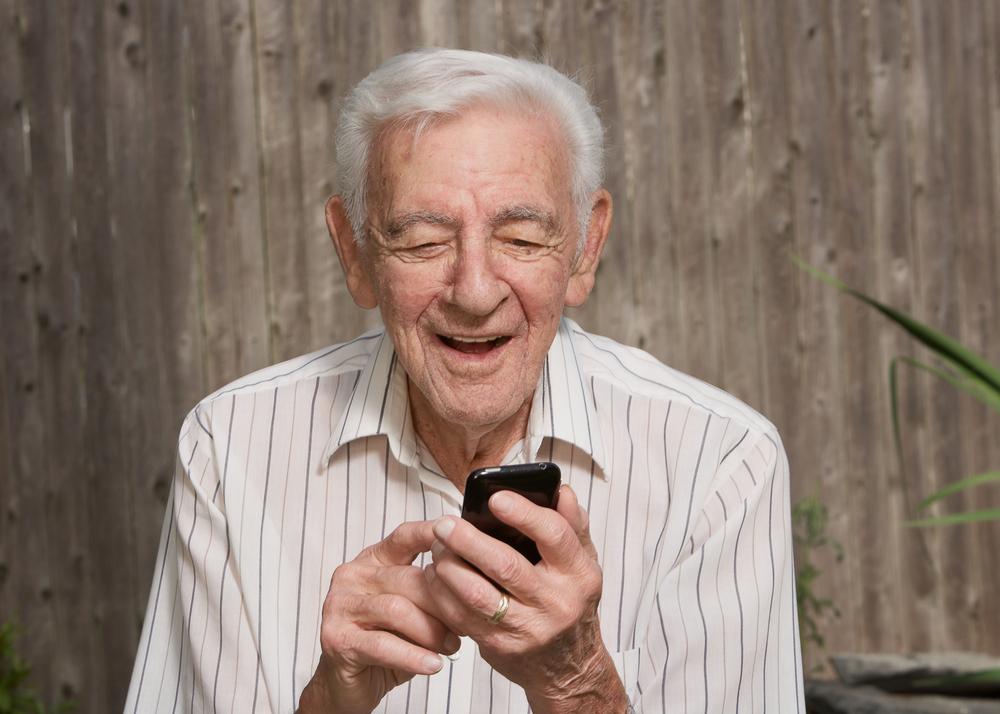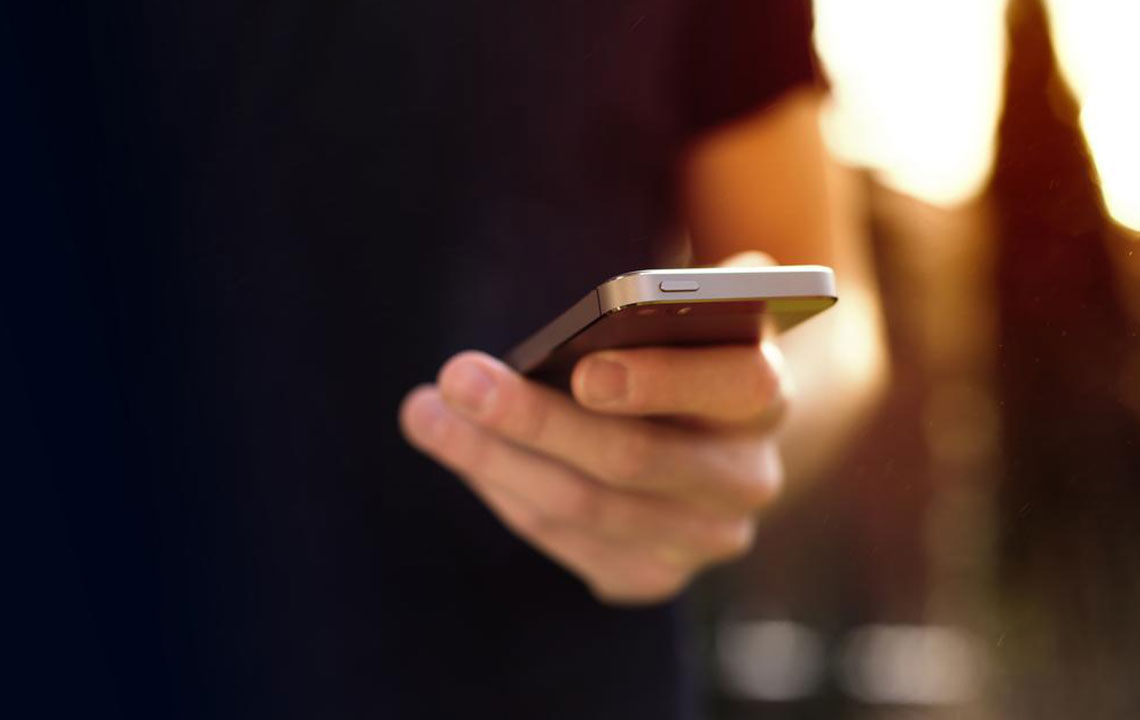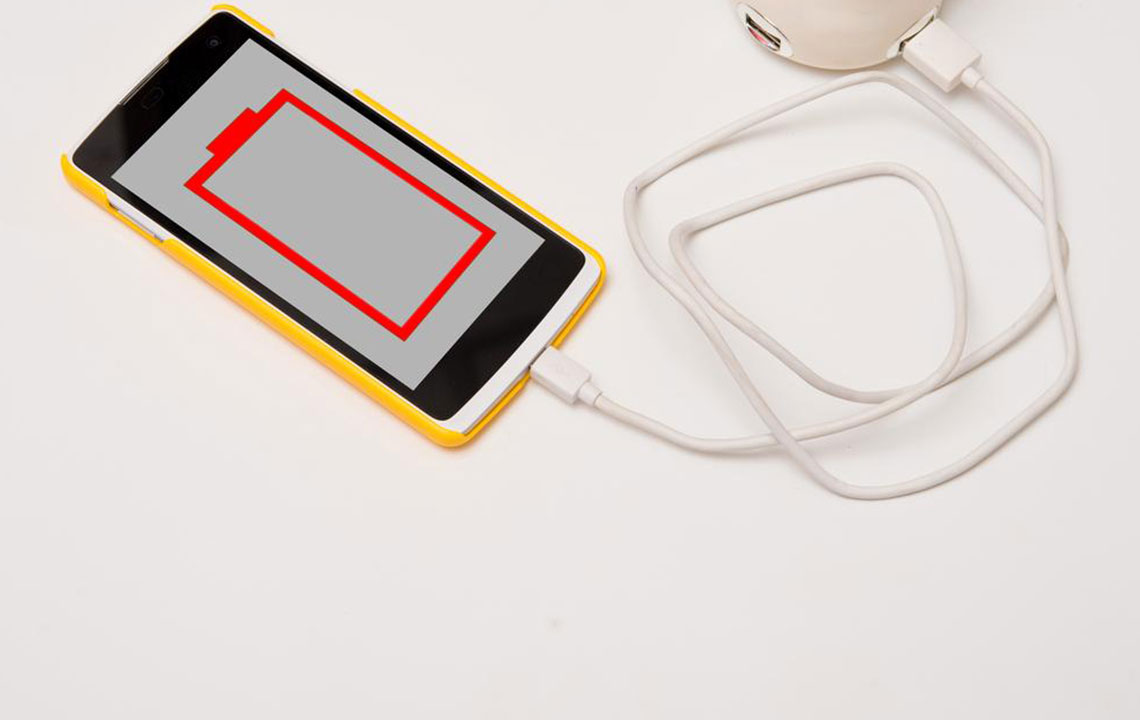Comprehensive Guide to the Lifeline Assistance Program for Seniors
The Lifeline Assistance Program is a vital federal initiative that provides free or discounted phone services for seniors and low-income households. It enhances safety, connectivity, and independence by offering free smartphones and affordable plans. Seniors benefit greatly from reliable communication, especially in emergencies and social interactions. This guide covers eligibility, major service providers, and application procedures, highlighting the importance of staying connected in later years to improve quality of life and ensure safety across all states and communities.

Understanding the Lifeline Assistance Program: Essential Information for Seniors
Access to reliable communication services should not be limited by age or income. In today's digital age, technological advancements and dedicated government initiatives have made it possible for older adults to enjoy affordable and even free communication options. Whether through mobile phones or landlines, these services are crucial for ensuring seniors' safety, maintaining social connections, and enhancing their overall quality of life.
Introduction to the Lifeline Assistance Program
The Lifeline Assistance Program is a federally funded initiative designed to assist low-income households by providing free or subsidized landline or wireless phone services. A significant portion of its beneficiaries are seniors who depend heavily on these services for safety, convenience, and staying connected to loved ones. Over recent years, the program has grown to include free smartphones for eligible seniors, further empowering them with mobility and communication tools essential for modern living.
Moreover, the demand for Lifeline services has expanded across all fifty states, including tribal lands and rural communities.
Why Lifeline Services Are Critical for Seniors
For many elderly individuals, maintaining reliable communication channels is vital, especially as health concerns become more prevalent with age. The program helps bridge the gap caused by social isolation, enabling seniors to engage in vital relationships and access emergency services swiftly during crises.
Living alone frequently increases safety risks, making constant connectivity a necessity.
As seniors age, access to communication becomes even more crucial. Many older adults encounter barriers to reliable phone services, which can impact their well-being and safety:
Feeling supported and connected through virtual communication enhances mental health and reduces loneliness.
Constant access to a mobile device allows quick contact with emergency services, healthcare providers, family, and friends.
Having an operational phone reduces risks of harm by enabling prompt assistance during emergencies.
Reliable Lifeline services ensure peace of mind for seniors and their families, knowing help is just a call away.
Moreover, these services foster social interaction, helping elders reconnect with friends and participate in online communities, enriching their social lives.
Eligibility Criteria for the Lifeline Assistance Program
To qualify for free or discounted mobile services under the Lifeline program, individuals must meet certain income and participation criteria. Generally, applicants must have an income at or below 135% of the federal poverty level. Additionally, participation in specific government assistance programs automatically qualifies applicants without the need to meet income requirements:
Federal Public Housing or Section 8 assistance
National School Lunch Program
Low Income Home Energy Assistance Program (LIHEAP)
Supplemental Security Income (SSI)
Temporary Assistance for Needy Families (TANF)
Supplemental Nutrition Assistance Program (SNAP or Food Stamps)
Medicaid coverage
This benefit is typically restricted to one person per household. Seniors in nursing homes or assisted living facilities are also eligible, ensuring those in supportive housing can benefit from the program.
Major Service Providers Offering Lifeline Benefits
Several reputable providers deliver Lifeline services nationwide. Key providers include SafeLink Wireless, Assurance Wireless, US Cellular, and ReachOut Wireless. These organizations offer affordable or free plans, with monthly charges often starting as low as $1. Customers can also purchase additional talk time through top-up options. For seniors, having a free or low-cost smartphone is instrumental in maintaining independence and safety.
How to Apply for the Lifeline Assistance Program
Interested individuals can apply through the official websites of authorized service providers. The application process requires submitting personal details, such as email, ZIP code, and proof of eligibility. Acceptable documentation includes proof of participation in qualifying government assistance programs, social security cards, veteran identification, or other relevant documents. Seniors should keep these documents accessible to streamline the application process and ensure timely approval.




